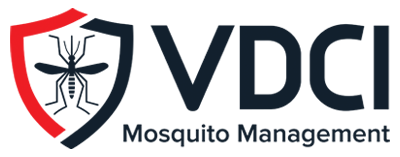Identifying Mosquito Hotspots in a Changing World
As the world becomes increasingly hospitable to mosquitoes due to climate change and urbanization, the role of professional mosquito management is only growing in importance. Rising temperatures and shifting precipitation patterns are expanding the range of some mosquito species, creating new challenges for control efforts. Identifying mosquito hotspots—areas where mosquitoes are most active—is critical for developing effective strategies to manage their populations and reduce the risk of mosquito-borne disease outbreaks.
1. Adult Mosquito Surveillance

The cornerstone of mosquito hotspot identification is surveillance of adult mosquitoes, but it’s not as simple as setting a few traps. Professionals rely on consistent, year-round mosquito trapping to establish a comprehensive understanding of mosquito activity. Different mosquito species respond to specific trap types, so selecting the right trap is essential to generate meaningful data.
By conducting regular surveillance, experts can track the seasonality of different mosquito species, which often aligns with regional precipitation patterns. For instance, rainfall levels can cause mosquito populations to increase in certain areas, but the timing and severity of these spikes vary by region. Consistency in surveillance allows professionals to identify population surges that may point to hotspots like stagnant water left behind by hurricanes or neglected swimming pools in residential areas.
2. Larval Mosquito Surveillance
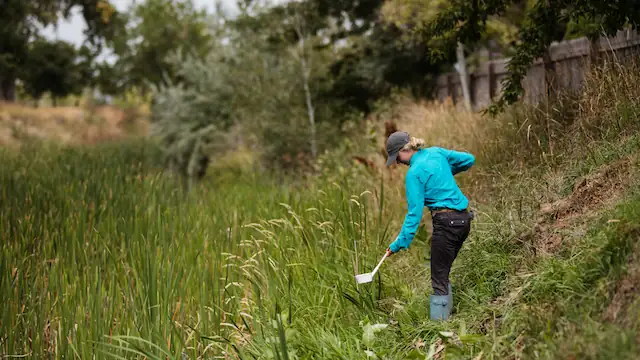
Adult mosquito surveillance is only part of the equation. Professionals also focus on mosquito larval sampling to identify breeding sites. This typically involves visiting different locations in a jurisdiction where water has pooled, such as ditches and stormwater basins. Using tools like mosquito dippers, experts can quantify the larval presence and assess whether the area is likely to produce large mosquito populations. If so, larvicides can be applied and public educational campaigns may be initiated encouraging residents in the area to remove stagnant water around their properties.
The larval surveillance process is far from straightforward, as environmental factors often complicate the search for larval hotspots. During droughts, mosquito populations can unexpectedly surge despite limited water availability, making breeding sites harder to pinpoint. On the other hand, heavy rainfall can wash away larval habitats entirely, disrupting sampling efforts and obscuring data. Despite these challenges, larval sampling is essential to manage hotspots.
3. Utilizing Comprehensive Data
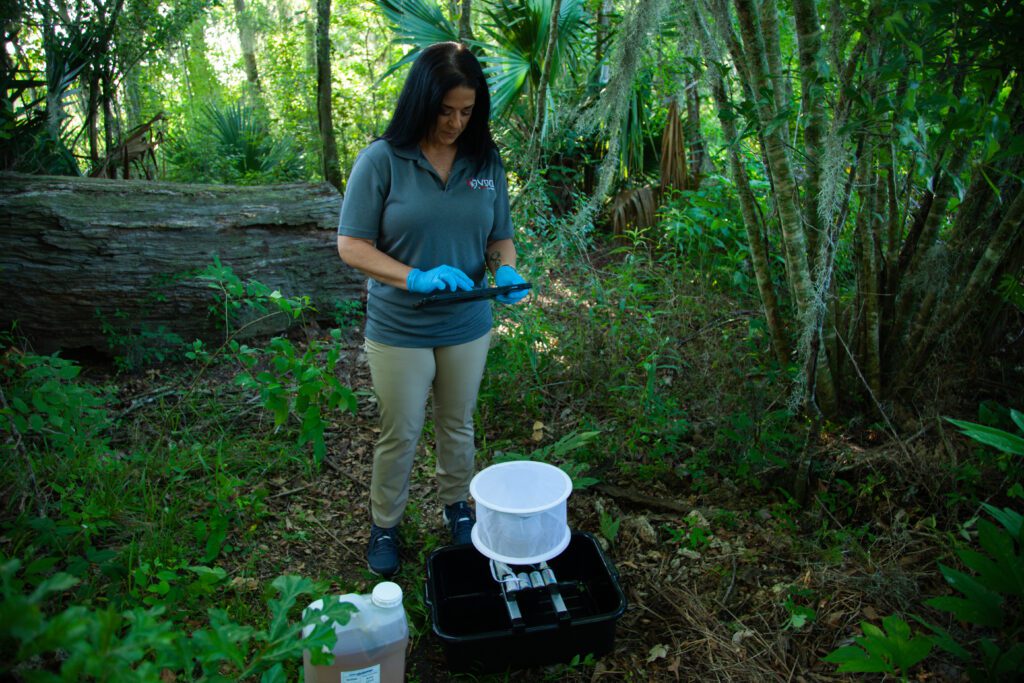
Effectively identifying mosquito hotspots goes beyond field work. To pinpoint them, professionals build extensive databases of surveillance data to track long-term population trends. Historical records are crucial for identifying what is “normal” in a given season and area. When populations suddenly deviate from these historical patterns, experts can promptly investigate and respond to the underlying causes.
For example, during the early 1940’s in Trinidad, a malaria control campaign focused on treating swamps with harsh chemicals, assuming they were the primary breeding grounds. Despite these efforts, malaria rates remained unchanged. Upon closer examination, experts discovered that the malaria-carrying mosquitoes in the area were breeding in bromeliads high in the tree canopies, not in swamps. This historical anecdote illustrates the danger of targeting presumed hotspots without a true understanding of mosquito species’ biology and behavior.
Mosquito Management: Working Smarter, Not Harder
Over the last 100 years, mosquito management strategies have changed dramatically. Broad-spectrum insecticide applications have evolved into precise efforts that focus on targeting the right mosquito species in the right areas—using the most effective insecticide products in the smallest amounts possible. This approach not only helps ensure the desired results are achieved the first time but also helps reduce the risk of insecticide resistance and reduces unnecessary insecticides in the environment
As mosquito management continues to evolve, the importance of professional expertise in identifying and addressing hotspots cannot be overstated. Through continuous mosquito surveillance, larval sampling, and data-driven decision-making, experts are shaping a safer, healthier future for our communities.
Contact Our Experts
Complete the form below or call us at 800-413-4445 to speak to an expert about your mosquito management needs.
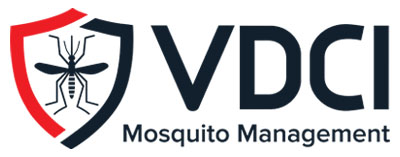 Since 1992, Vector Disease Control International (VDCI) has taken pride in providing municipalities, mosquito abatement districts, industrial sites, planned communities, homeowners associations, and golf courses with the tools they need to run effective mosquito control programs. We are determined to protect the public health of the communities in which we operate. Our mosquito control professionals have over 100 years of combined experience in the field of public health, specifically vector disease control. We strive to provide the most effective and scientifically sound mosquito surveillance and control programs possible based on an Integrated Mosquito Management approach recommended by the American Mosquito Control Association (AMCA) and Centers for Disease Control and Prevention (CDC). VDCI is the only company in the country that can manage all aspects of an integrated mosquito management program, from surveillance to disease testing to aerial application in emergency situations.
Since 1992, Vector Disease Control International (VDCI) has taken pride in providing municipalities, mosquito abatement districts, industrial sites, planned communities, homeowners associations, and golf courses with the tools they need to run effective mosquito control programs. We are determined to protect the public health of the communities in which we operate. Our mosquito control professionals have over 100 years of combined experience in the field of public health, specifically vector disease control. We strive to provide the most effective and scientifically sound mosquito surveillance and control programs possible based on an Integrated Mosquito Management approach recommended by the American Mosquito Control Association (AMCA) and Centers for Disease Control and Prevention (CDC). VDCI is the only company in the country that can manage all aspects of an integrated mosquito management program, from surveillance to disease testing to aerial application in emergency situations.
